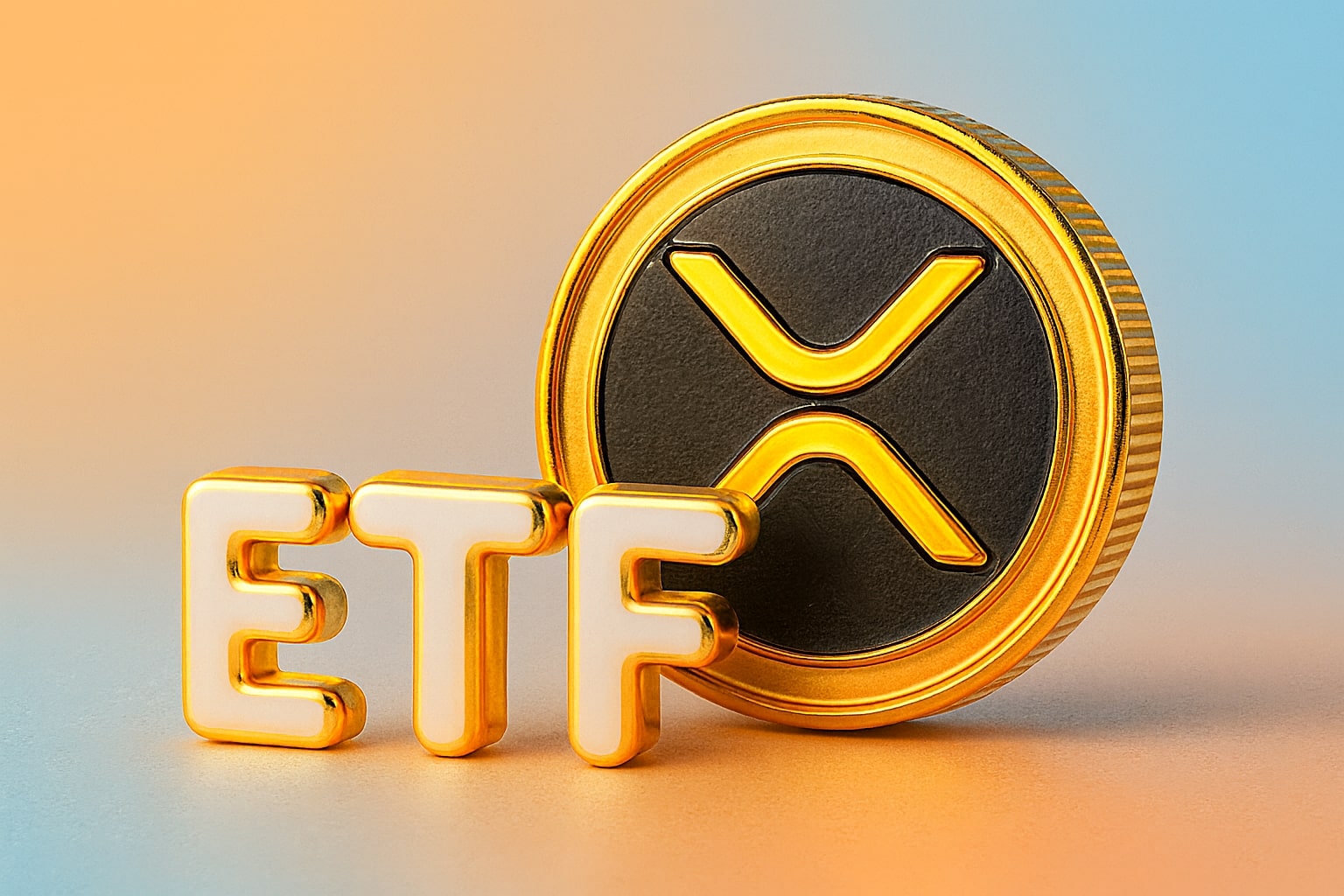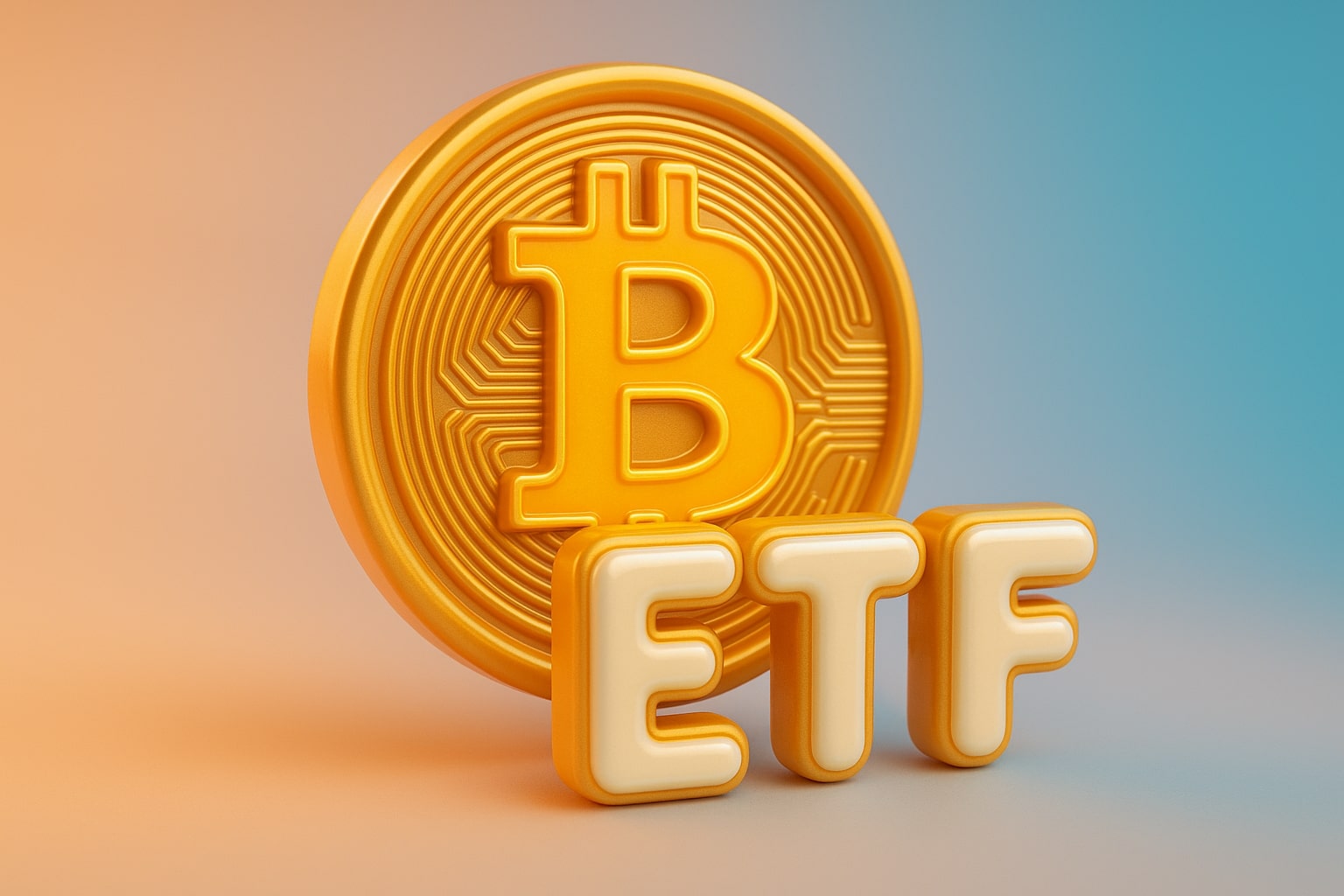
Solana Price Forecast: SOL-USD Price Trades at $207 With ETF Buzz and $270 Resistance
Alpenglow upgrade, whale moves, and ETF momentum drive Solana’s path as SOL-USD battles to hold above $200 support | That's TradingNEWS
Solana Price Analysis: SOL-USD Battles $200 With ETF Hopes, Whale Flows, and Technical Pressure
Solana (SOL-USD) has spent the opening days of September 2025 clinging to the $200 threshold, trading at $207.21 with a 5.4% daily gain and market capitalization back above $90 billion. This rebound follows weeks of intense volatility, where the token surged to an all-time high of $262.56 on January 19, 2025, before collapsing more than 50% into February as volume fell from $25.5B daily turnover to barely $3B. Current inflows have revived momentum, but indicators show long-term holders are quietly distributing supply while speculative traders are attempting to defend critical support near $196.
Technical Picture and Key Solana Levels
The technical chart highlights the fragile balance in SOL-USD. Immediate resistance sits around $205–$207, where repeated attempts to close higher have stalled. A breakout above this zone could re-establish targets at $270 to $280, levels implied by Fibonacci extensions and past volume profiles. On the downside, a break under $196 risks accelerating losses toward $190–$191, while failure at $175 would validate a full correction pattern similar to the March 2025 collapse from $179 to $105. The Net Unrealized Profit/Loss ratio (NUPL) peaked at 0.44 in late August, matching highs that preceded past selloffs. Coin Days Destroyed (CDD) also spiked on August 27 when Solana was at $203, reflecting older wallets liquidating positions. Both metrics underscore elevated selling pressure despite the rebound.
Network Upgrades and Institutional Drivers for SOL-USD
Fundamentals are lending weight to the bullish case. The upcoming Alpenglow upgrade, already backed by 99.6% of validators, is expected to slash transaction finality from 12.8 seconds to 150 milliseconds, effectively giving Solana Web2-level settlement speed. This throughput leap would make Solana more competitive in decentralized finance and high-frequency trading applications. At the same time, rising open interest in derivatives points to institutional positioning. Total Value Locked (TVL) on Solana protocols has been steadily climbing, reinforcing demand for the token beyond speculation.
ETF speculation has further fueled optimism. Several filings, including the Solana REX-Osprey SOL + Staking ETF (SSK), have pushed accumulation higher. Historically, Solana has ended September in positive territory four out of five years, and traders are anchoring bets on seasonal strength combined with ETF catalysts. Should regulatory approval emerge in the coming months, the upside scenario toward $300 becomes increasingly credible.
On-Chain Indicators, Whales, and Exchange Reserves
On-chain flows reveal a more complex story. While retail activity is increasing, whale wallets have moved substantial volumes onto exchanges. Exchange reserves spiked in late August, signaling potential for profit-taking. Over 96% of circulating SOL is currently in profit, a condition that historically has preceded distribution phases. At the same time, whale accumulation is not uniform; certain clusters added aggressively near $185–$190, suggesting that if corrections deepen, large holders may defend those levels. This dual behavior underscores the risk of sharp swings, where even a small sentiment shift can trigger double-digit moves in hours.
Stablecoin Dynamics and Global Payment Adoption
Solana’s role in stablecoin settlements is also under scrutiny. In Asia, fintech firms are weighing Solana-based stablecoin payroll systems, but volatility remains a hurdle. At 62% annualized volatility, Solana’s swings outpace Bitcoin’s 41%, making it a risky base asset for salaries or corporate treasuries. Instead, USDC and USDT, which now cover over 90% of payroll settlement in crypto, are being favored even when transacted through Solana’s network. USDC dominates with 63% of market share, ensuring predictable valuations for employers. While this strengthens Solana’s infrastructure demand, it also highlights the need for stability if SOL is to anchor payment solutions.
Comparisons With Bitcoin and Ethereum in DeFi Banking
When benchmarked against Bitcoin and Ethereum, Solana stands out for speed and scalability. Its 99.95% uptime in recent years has improved its credibility, though historic outages still cast a shadow. Ethereum dominates institutional adoption with $320B in August transaction volumes, while Bitcoin maintains its role as “digital gold.” Solana, despite being faster, carries heavier downside risks from network stability and token volatility. In regions like the UAE, where banking infrastructure demands reliability, Bitcoin’s consistency makes it more suitable for financial instruments, while Solana remains better positioned for high-frequency decentralized apps rather than balance-sheet use cases.
Regulatory Environment and Risk Outlook for SOL-USD
Solana’s regulatory outlook in Europe and Asia remains uncertain. Persistent volatility, historical outages, and security vulnerabilities are leading regulators to consider stricter frameworks for projects relying on Solana-linked assets. Payroll models or treasury strategies tied directly to SOL tokens could face additional compliance burdens. If Solana tokens are deemed securities, institutional adoption might stall. This ambiguity continues to weigh on long-term investor confidence even as short-term speculation keeps price levels elevated above $200.
Altcoins Gaining Attention Amid Solana’s Struggles
The bullish case for Solana is complicated by the emergence of competing altcoins drawing speculative flows. Remittix (RTX) has raised $23.3M, selling over 640M tokens at $0.1030, with listings on BitMart and LBank already secured. A $250K giveaway and upcoming wallet launch in mid-September amplify its exposure. RTX offers crypto-to-bank transfers in 30 countries, positioning itself as a utility-driven alternative. Investors are comparing its 40× potential to Solana’s slower, more technical path toward $270–$300. Other presale tokens like Bitcoin Hyper and Wall Street Pepe (SOL version) are also siphoning attention. These projects lack Solana’s established network but highlight investor appetite for outsized short-term gains.
Forward Outlook for Solana Price
The next months will be decisive for SOL-USD. If $200 holds as a floor, the probability of a push toward $225–$230 increases, with ETF developments potentially unlocking the $270–$300 range. A breakdown below $196 and especially under $175 would invite a deeper correction that mirrors past declines of 23–41% observed after NUPL and CDD peaks. With the token trading around $207, the short-term balance leans bullish but fragile, underpinned by network upgrades and ETF speculation yet threatened by whale distribution and profit-taking.
That's TradingNEWS
Read More
-
SCHD ETF Price at $27: Can SCHD’s 4% Yield and 9.15% Dividend Growth Beat High-Yield Covered Call ETFs?
15.12.2025 · TradingNEWS ArchiveStocks
-
XRP ETFs Close on $1B Inflows as XRPI at $10.92 and XRPR at $15.52 Hit 52-Week Lows
15.12.2025 · TradingNEWS ArchiveCrypto
-
Natural Gas Price Forecast: NG=F Holds the $4 Floor as Oversupply Clashes with 2026 LNG Demand
15.12.2025 · TradingNEWS ArchiveCommodities
-
USD/JPY Price Forecast - Dollar to Yen At 155: Yen Strength Builds As BoJ Hike And NFP Collide
15.12.2025 · TradingNEWS ArchiveForex

















